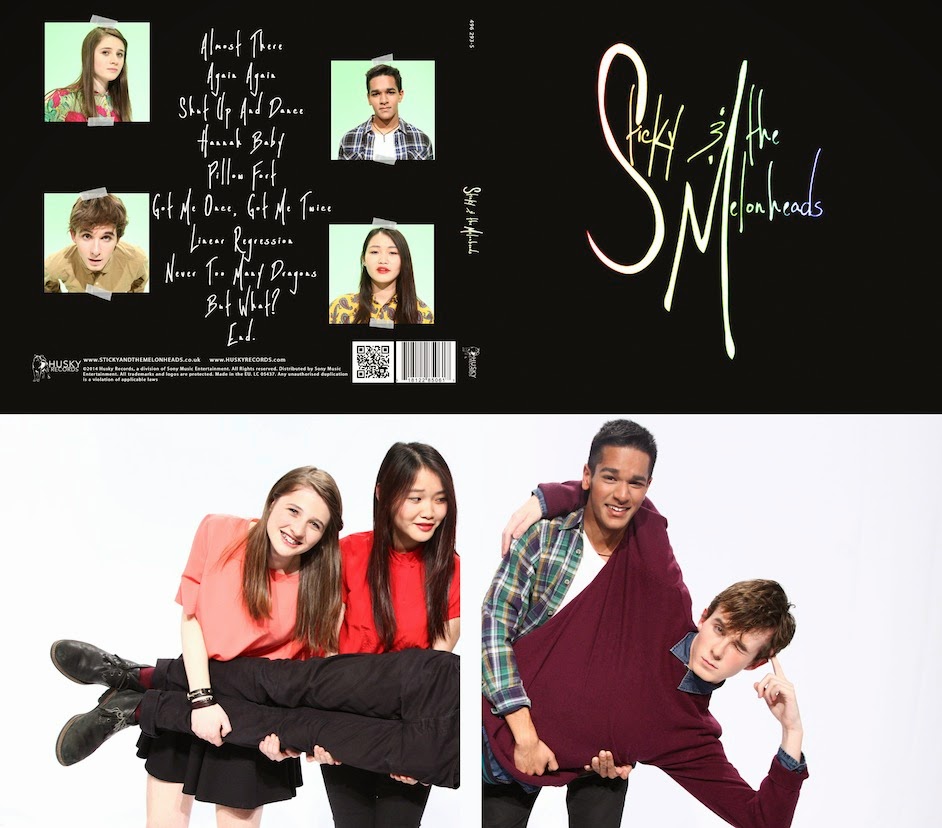The opening scene for the film "Sweet Home Alabama" follows the principles of continuity, beginning with an establishing shot of the stormy sky, giving the audience an idea of the setting. Without cutting to a new shot, the camera pans to the ground where we are introduced to the characters. This allows the audience to see what the setting is like and where the characters are in relation to the setting. It then cuts to a medium close-up of the characters' feet, emphasising the fact that they are running. Match on action is used as it cuts to a very wide shot in which the characters are still running. Despite the change in shot, the characters are in the same place at the end of the medium close-up and the beginning of the very wide shot, ensuring that the scene is continuous and makes sense - it doesn't look like they have randomly appeared a few feet forwards or backwards.
While the characters are running, the camera continues panning to follow them. This keeps the focus on the characters, preventing the audience from being distracted by the setting and making sure that the actors don't run out of the frame. The camera then cuts to a wide shot in which the characters are running towards the camera rather than away from it. If the camera remained behind the actors throughout the entirety of the scene, it would give the impression that they are being chased, which isn't the case. Also, by re-positioning the camera in front of the characters, the audience can get a clearer view of their faces and a better idea of what they look like. Match on action is used again as a lightning blot strikes - we hear the lightning immediately before it cuts to a wide shot from behind them. Match on action is consistently used in this opening.
The shot then stops panning as the characters stop running and start to have a conversation. The narrative flow of this conversation is established using different continuity techniques appropriate for face-to-face dialogue. During this dialogue, the camera changes the framing and angle depending on what the characters are looking at, e.g. when they look up at the sky, the camera cuts to a high angle shot to show where the characters are looking, which is then further emphasised using a shot of the sky to give the audience the characters' perspective.
Shot reverse shot is then used to show the audience the conversation from each character's point of view. This allows the audience to feel involved rather than as if they were watching from an outside perspective. Match on action continues to be used, and because the 180-degree rule is not broken at first, the audience is not confused as to which direction the characters are facing. However, in the second to last shot, the 180-degree rule is broken, but this is not confusing because the shot is a big close-up and the rule is broken to allow the audience to see the character looking up to the sky, before an extreme wide shot shows the characters suddenly getting struck by lightning.


